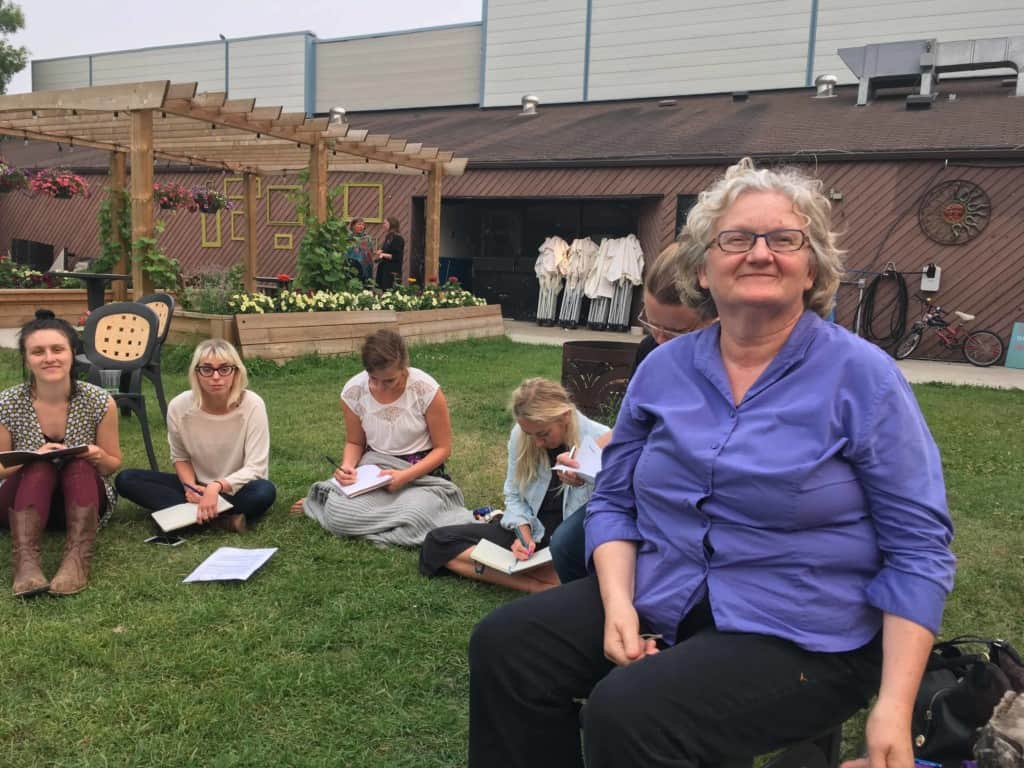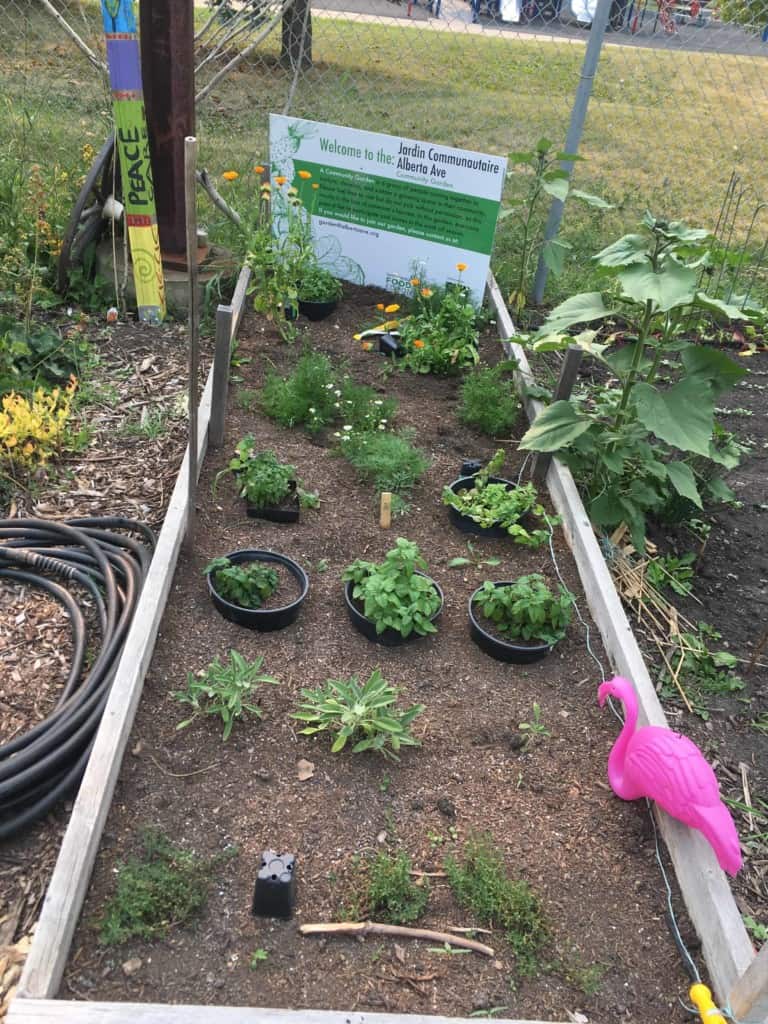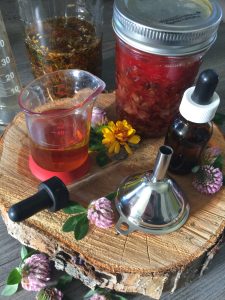Learn about herbal plants with new programming
Some herbalists grow herbs, some see clients, and some teach. I connect plants and people. More and more, urbanites want to learn about the plants around them and connect with them for food and wellness.
I have worked with plants and flowers for over 20 years. I began studying herbal medicine in 1999 with an herbalist in Victoria, BC. This year, I started the Edmonton Herb Club to get more involved in my community, provide education, programming, and facilitate events.
I also wanted to work with community gardens, expanding the idea of gardens to community resources for medicinal herbs. I pitched the idea to Sustainable Food Edmonton and they agreed to partner on a pilot project called the Community Herbal Medicine Making Series.
This pilot project is a series of three workshops centering around six plants and their growth each year, combining learning about growing, harvesting, drying and storage techniques, along with preparing recipes and herbal remedies. Participants receive an herb plant so they can follow along with the experiential learning at home.

The gardens selected are Alberta Avenue Community Garden and Richfield Community Garden in Mill Woods. We chose gardens in the north and south sides of Edmonton for accessibility and for a wider range of participants. Thanks to sponsorship and bursaries from Sustainable Food Edmonton, we are able to keep cost from being a barrier.
The four perennials are sage, thyme, lemon balm and mint, and the two annuals are calendula and German chamomile. These plants are low maintenance, they overwinter here, and they have many different medicinal uses. For example, sage supports oral health, helps the body utilize and metabolize fats, improves memory and cognition, and balances cholesterol levels.

So far we’ve had a great response to the pilot project. Most participants are already gardeners, with some more interested in learning about herbs and herbal remedies. If there is still space, interested people can sign up for a single workshop.
If the program moves forward in 2018, we will install another six plants and offer programming centred around using and preparing them, so the content is always fresh, with something new to learn with each series.
Learning about herbs and simple ways of preparing them for personal use can be empowering. This is not to say that herbs will replace visits with the doctor; instead, you can learn tools to support digestion, calm frazzled nerves, and more in a practical and complementary way.
For those that get bitten by the herb bug, the four part Kitchen Herbalist Apprenticeship series held in spring and fall dives deeper into the foundation of understanding herbal medicine making, focusing on when, how and why we prepare plants in certain ways. Each workshop is dedicated to a different medium and how they interact with plants. The courses are hands-on and everyone takes home preparations.

Participants prepare elixirs, medicinal teas, tinctures, pain liniments, skin-healing salves, and more. They also prepare kid-approved concoctions like syrups and oxymels (honey and vinegar herbal syrup) and learned more creative and advanced methods for various herbal preparations.
For registration info on the pilot project and the fall Kitchen Herbalist Apprenticeship series, visit www.yegherbalist.ca.
Featured Image: The four part Kitchen Herbalist Apprenticeship series gives participants a deeper understanding of herbal medicine. | Dionne Jennings







